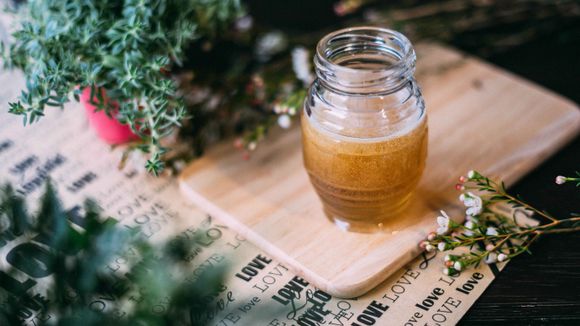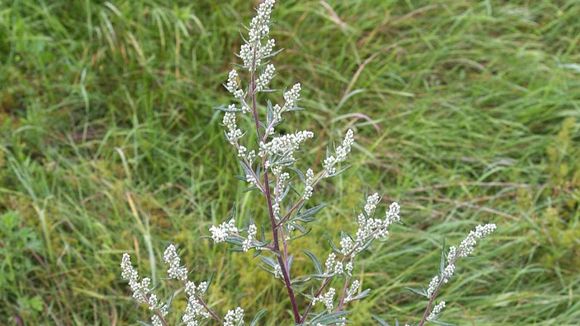Recipes
Mugwort Facial Steam
Ingredients:
- 1 tablespoon of dried mugwort (Artemisia vulgaris)
- 4 cups of boiling water
Preparation:
- Add the dried mugwort to a heatproof bowl.
- Pour the boiling water over the mugwort.
- Place your face over the bowl, keeping a safe distance to avoid burns.
- Drape a towel over your head to trap the steam.
- Inhale the aromatic steam for 5-10 minutes.

Photo by Chinh Le Duc on Unsplash
Mugwort and Honey Face Mask
Ingredients:
- 1 tablespoon of dried mugwort (Artemisia vulgaris) powder
- 2 tablespoons of raw honey
Preparation:
- Combine the mugwort powder and honey in a small bowl.
- Mix well to form a smooth paste.
- Apply the mixture to your face, avoiding the eye area.
- Leave it on for 15-20 minutes.
- Rinse off with warm water.
Botanical Information about Mugwort:
Mugwort (Artemisia vulgaris) is a perennial plant belonging to the Asteraceae family. It has a tall, erect stem that can reach up to 2 meters in height and features deeply lobed, dark green leaves with a silver underside. Mugwort is native to Europe and Asia and has been naturalized in North America. The plant has been used in traditional medicine for various purposes, including digestive issues, menstrual irregularities, and skin conditions.

Anticancer Properties of Mugwort
Mugwort contains several bioactive compounds with potential anticancer properties. For instance, artemisinin, a compound derived from Artemisia annua, a close relative of mugwort, has demonstrated potent anticancer effects against various cancer cell lines (1). Additionally, a study published in the journal "Oncology Reports" revealed that an essential oil extracted from Artemisia vulgaris exhibited cytotoxic effects on human cervical cancer cells (2).
(1)Efferth, T. (2017). From ancient herb to modern drug: Artemisia annua and artemisinin for cancer therapy. Seminars in Cancer Biology, 46, 65-83. https://doi.org/10.1016/j.semcancer.2017.02.009 (2)Lee, H. G., Yu, K. A., Oh, W. K., Baeg, T. W., Oh, H. C., Ahn, J. S., & Jang, W. C. (2005). Inhibitory effect of jaceosidin isolated from Artemisia argyi on the function of E6 and E7 oncoproteins of HPV 16. Oncology Reports, 14(1), 225-229. https://www.spandidos-publications.com/10.3892/or.14.1.225
Questions and Answers
Q: Are there any precautions to take while using mugwort?
A: Mugwort may cause an allergic reaction in some individuals, especially those allergic to plants in the Asteraceae family. It is recommended to do a patch test before using mugwort on your face.
Q: Can I use fresh mugwort instead of dried mugwort in the recipes?
A: Yes, you can substitute fresh mugwort for dried mugwort in the recipes. However, the potency may vary, so adjust the quantities accordingly.
Q: Is mugwort safe for pregnant or breastfeeding women?
A: Mugwort should be avoided during pregnancy, as it may cause uterine contractions. The safety of mugwort during breastfeeding is unknown; it is recommended to consult with a healthcare professional before using mugwort if you are breastfeeding.
Q: Can I grow mugwort at home?
A: Yes, mugwort can be grown at home, either in a garden or in containers. It is a hardy plant that can tolerate a range of soil types and prefers full sun to partial shade.
Q: Are there any other skin conditions that mugwort can help with?
A: In addition to acne, mugwort has been used to treat eczema, psoriasis, and other inflammatory skin conditions. Its anti-inflammatory and antimicrobial properties make it beneficial for various skin concerns.








